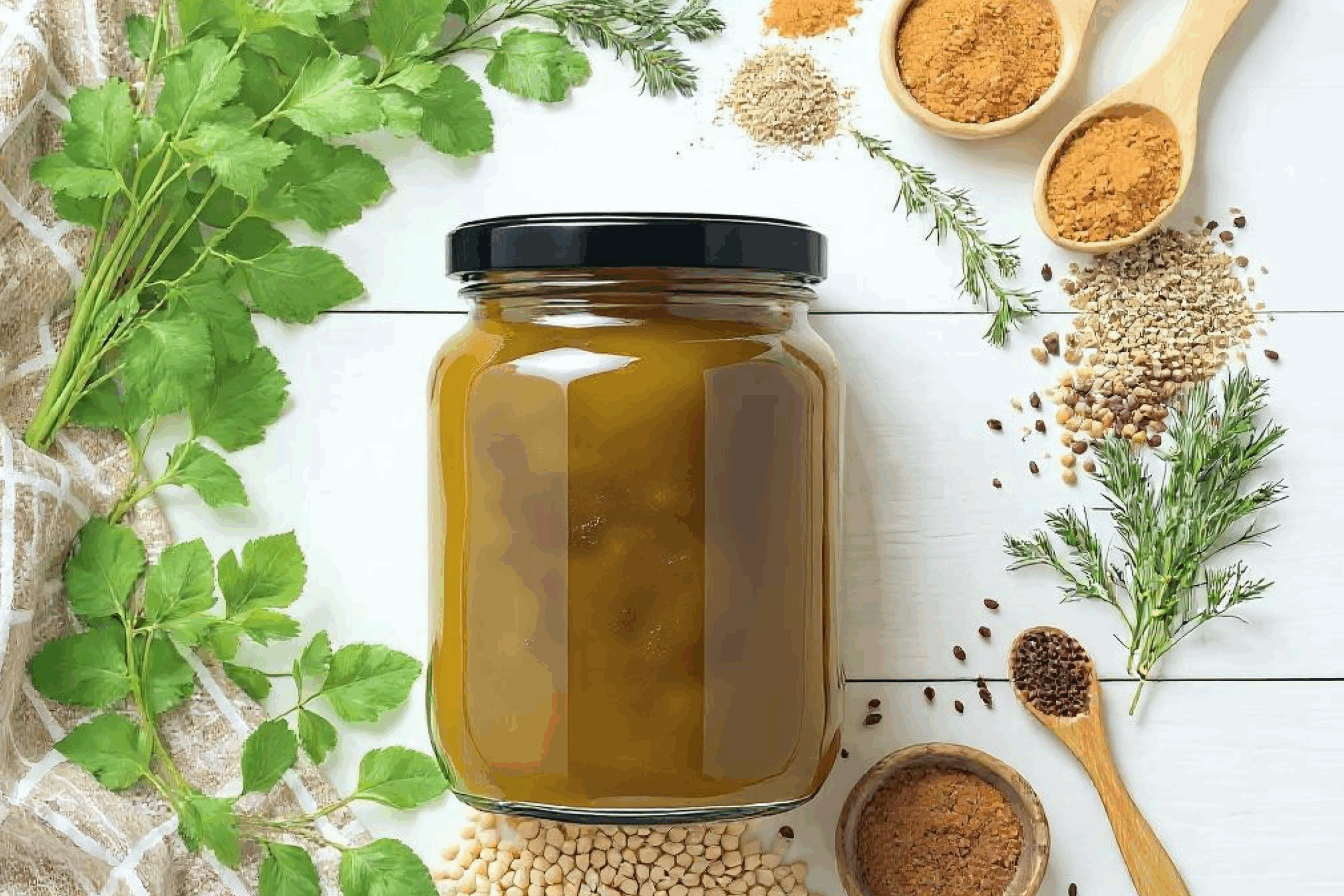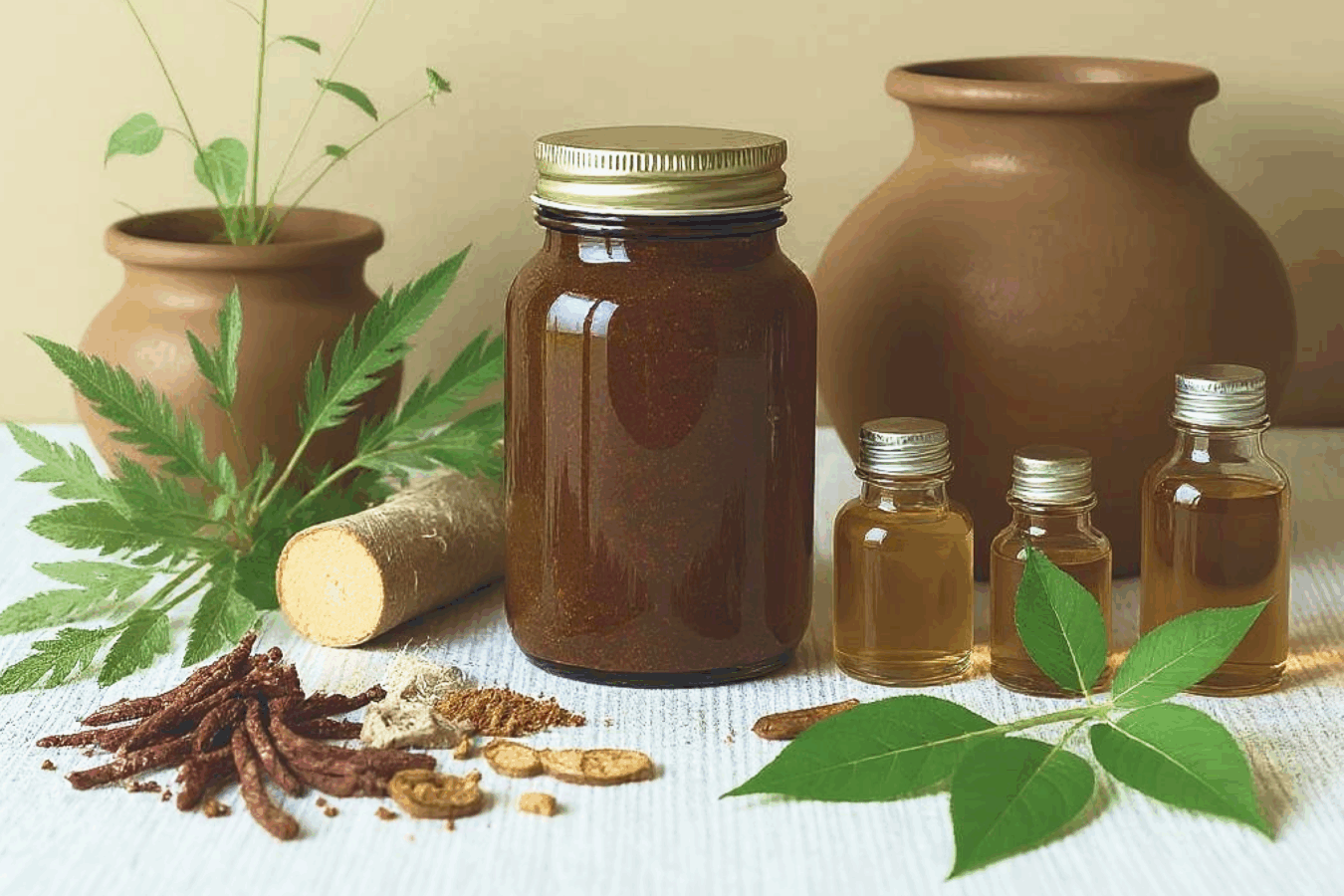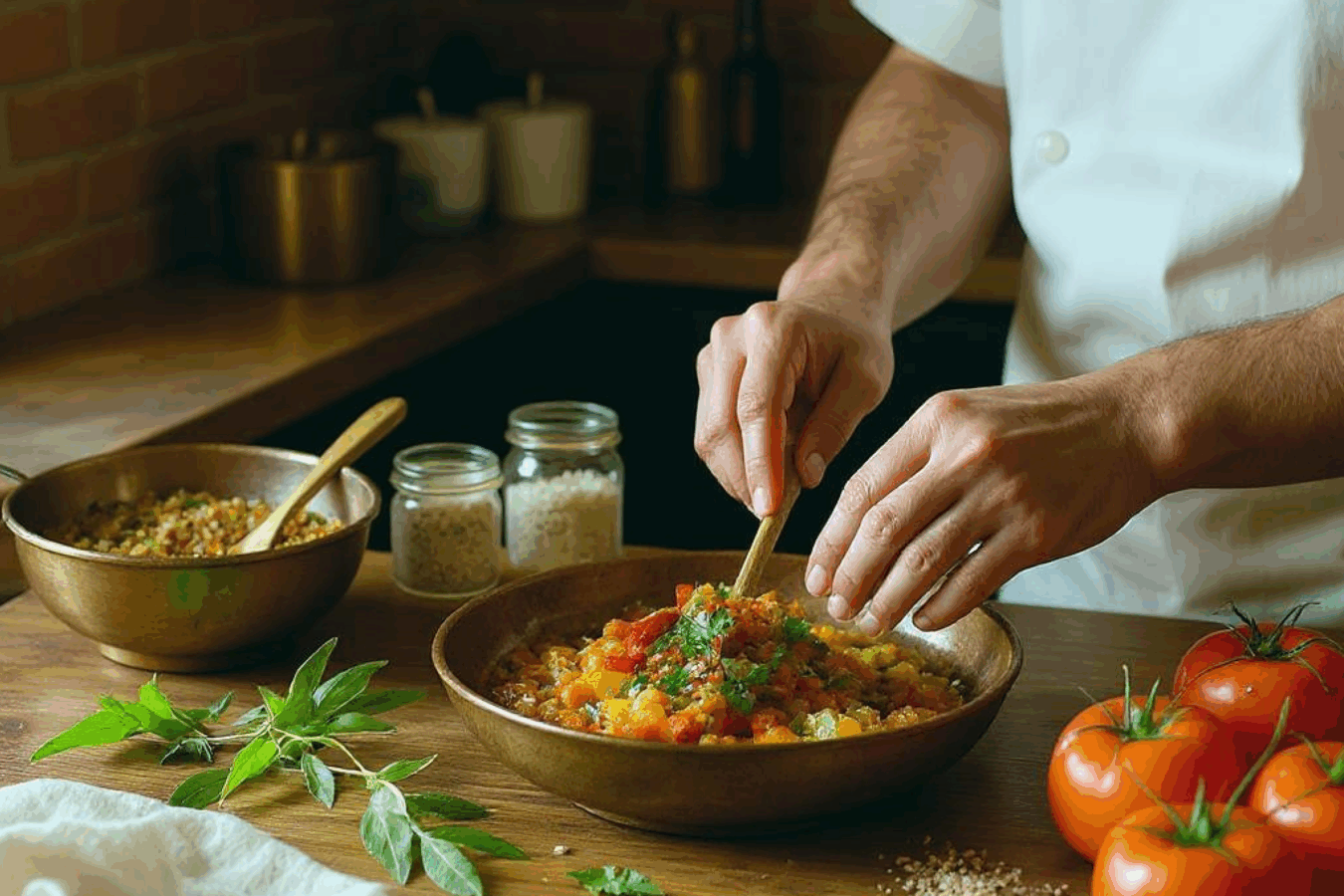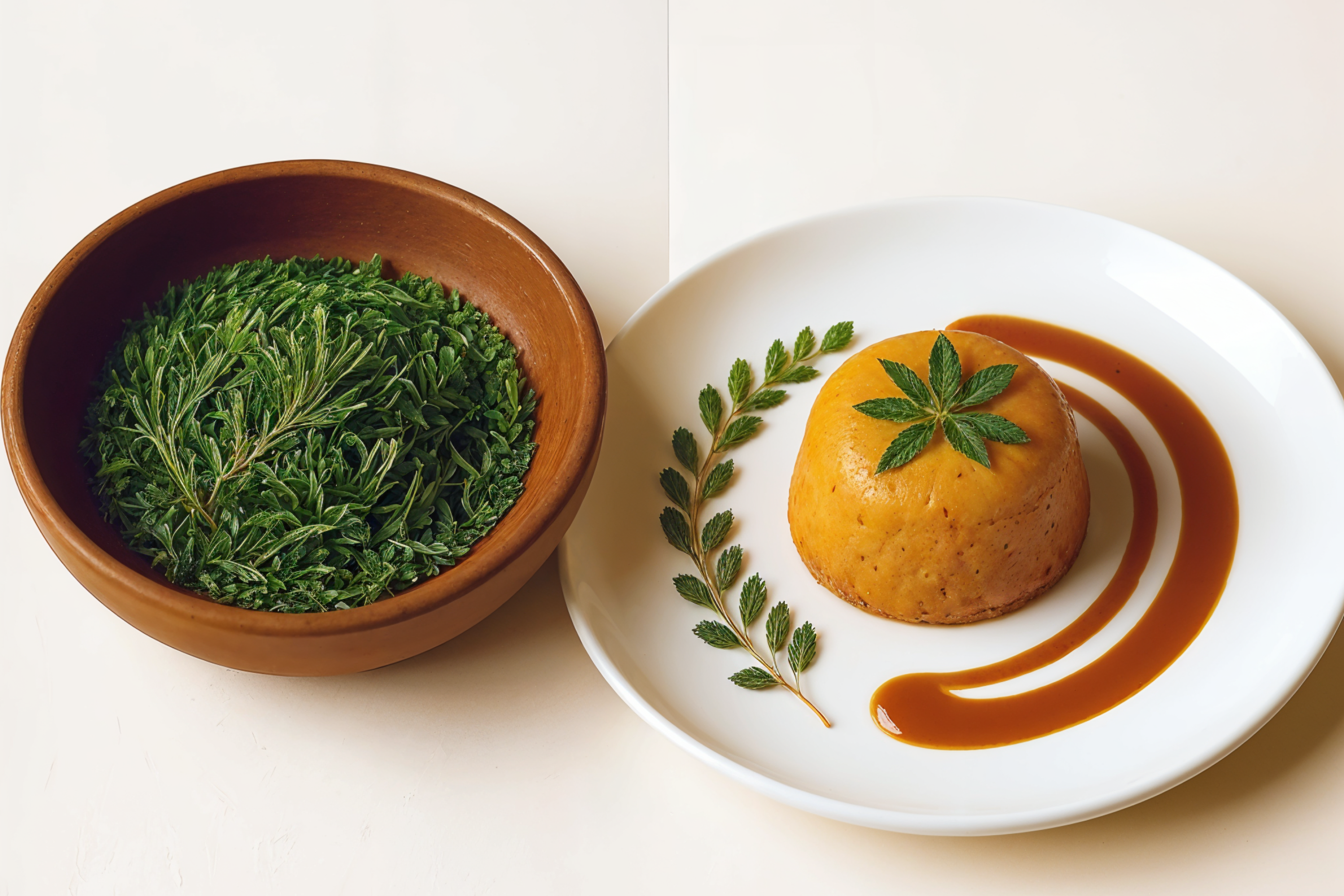In the world of food, the terms “culinary” and “gourmet” are often used interchangeably. But beneath the surface, they represent two distinct yet intertwined ideas. Understanding the difference isn’t just a matter of semantics—it’s about appreciating the essence of creation versus the elegance of curation.
Culinary: The True Content
Gourmet: The Presentation of Content
Why the Distinction Matters
Understanding the difference between culinary and gourmet helps us appreciate where value truly lies. A humble bowl of dal or pho may lack gourmet flair, but it may carry centuries of tradition, flavor, and cultural meaning. That’s powerful content.
At the same time, gourmet can help culinary stories reach broader audiences. A beautifully styled plate or a five-star restaurant doesn’t necessarily have more substance—but it does invite people to engage more deeply with their food. It packages content for impact.
The Bottom Line
Culinary is the content. Gourmet is the presentation.One is not better than the other—they coexist. But if we lose sight of culinary in favor of gourmet, we risk favoring surface over soul.
True food appreciation—and by extension, great storytelling—requires both substance and style. But it all begins with the content. And in food, content is always, unapologetically, culinary.






Leave a Comment
Your email address will not be published. Required fields are marked *